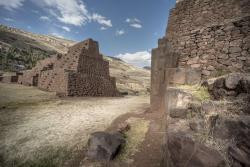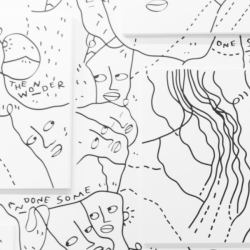Tess Porter
I'm the former User Experience Strategist at the Smithsonian Office of Educational Technology. Here, I focused on the use of digital museum resources to support teaching and learning. My work draws on my experience as a museum educator, digital analyst, usability researcher, and content designer. I hold a B.A. in Anthropology and a B.A. in Art History from University Colorado Boulder, and an M.S. in Museums and Digital Culture with an Advanced Certificate in User Experience from Pratt Institute.
Tess Porter's collections
Japanese American Incarceration: Images of Camp Life
 Tess Porter
Tess Porter
Japanese American Incarceration: Camp Objects
 Tess Porter
Tess Porter
Japanese American Incarceration: Articles and Videos about Inmate Experiences
 Tess Porter
Tess Porter
Immigration Policies and Legislation Affecting Asian Pacific Americans
 Tess Porter
Tess Porter
Identity, Community, and Fire Hats
 Tess Porter
Tess Porter
How Are Robots Changing Human Life?
 Tess Porter
Tess Porter
Flashcard Activity: Tools and Innovation
 Tess Porter
Tess Porter
Flashcard Activity: Conflict, Identity, and Place in American Art
 Tess Porter
Tess Porter
Flashcard Activity: Civic Discourse
 Tess Porter
Tess Porter
Exploring Complexity: Westward the Course of Empire Takes Its Way
 Tess Porter
Tess Porter
Eudora Welty: Examining Portraiture
 Tess Porter
Tess Porter
Esperanza Spalding: Examining Portraiture
 Tess Porter
Tess Porter







